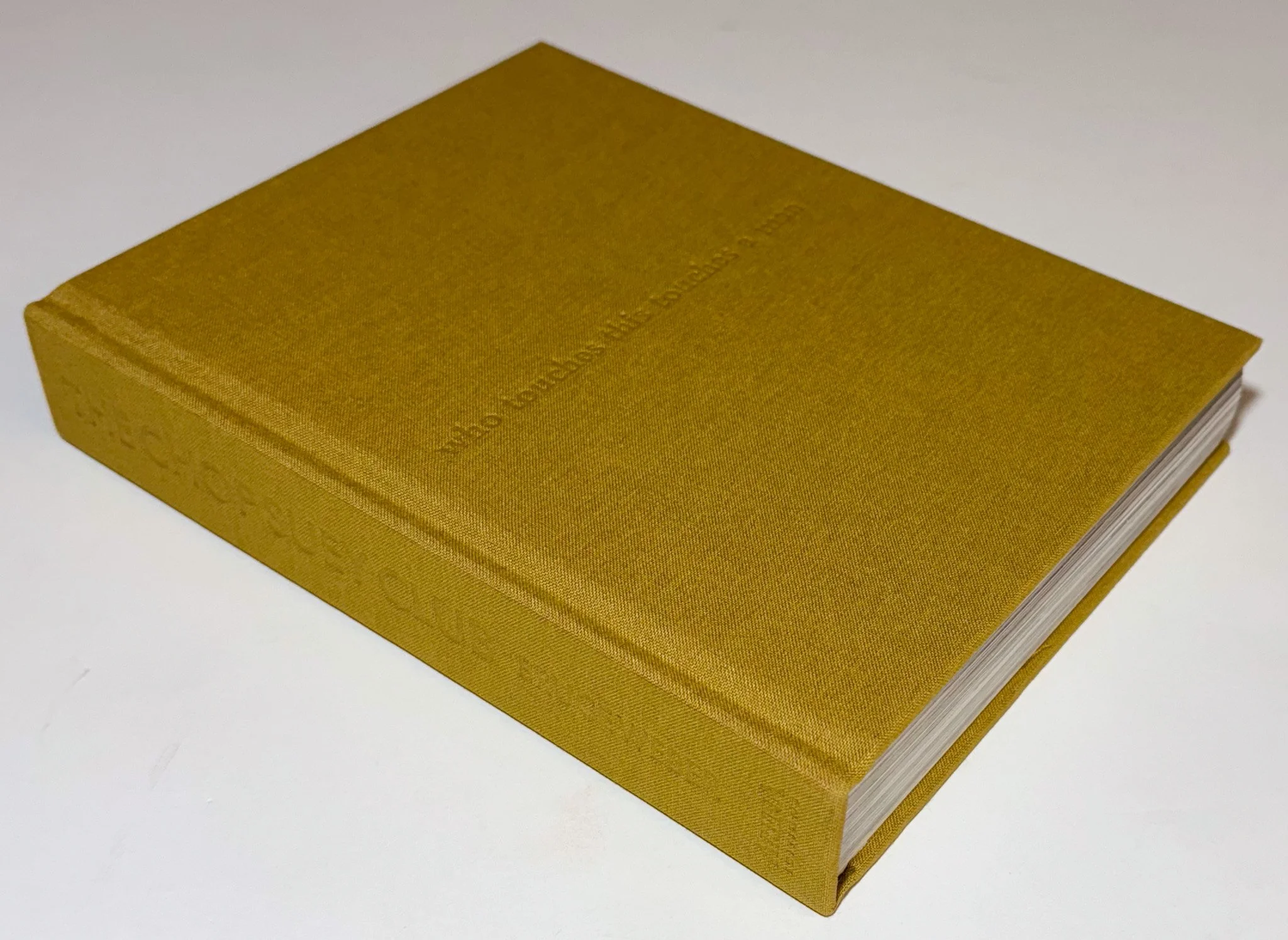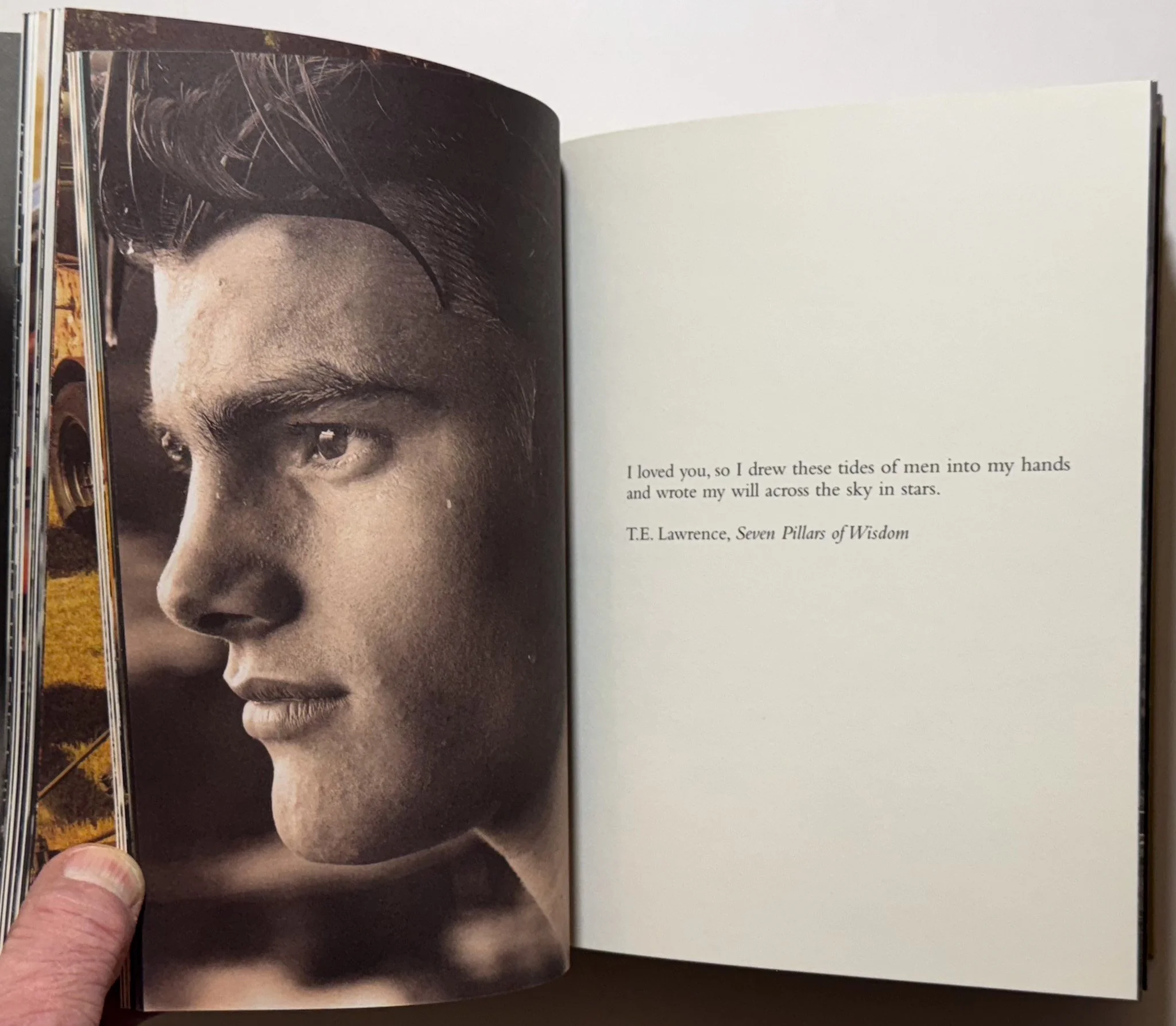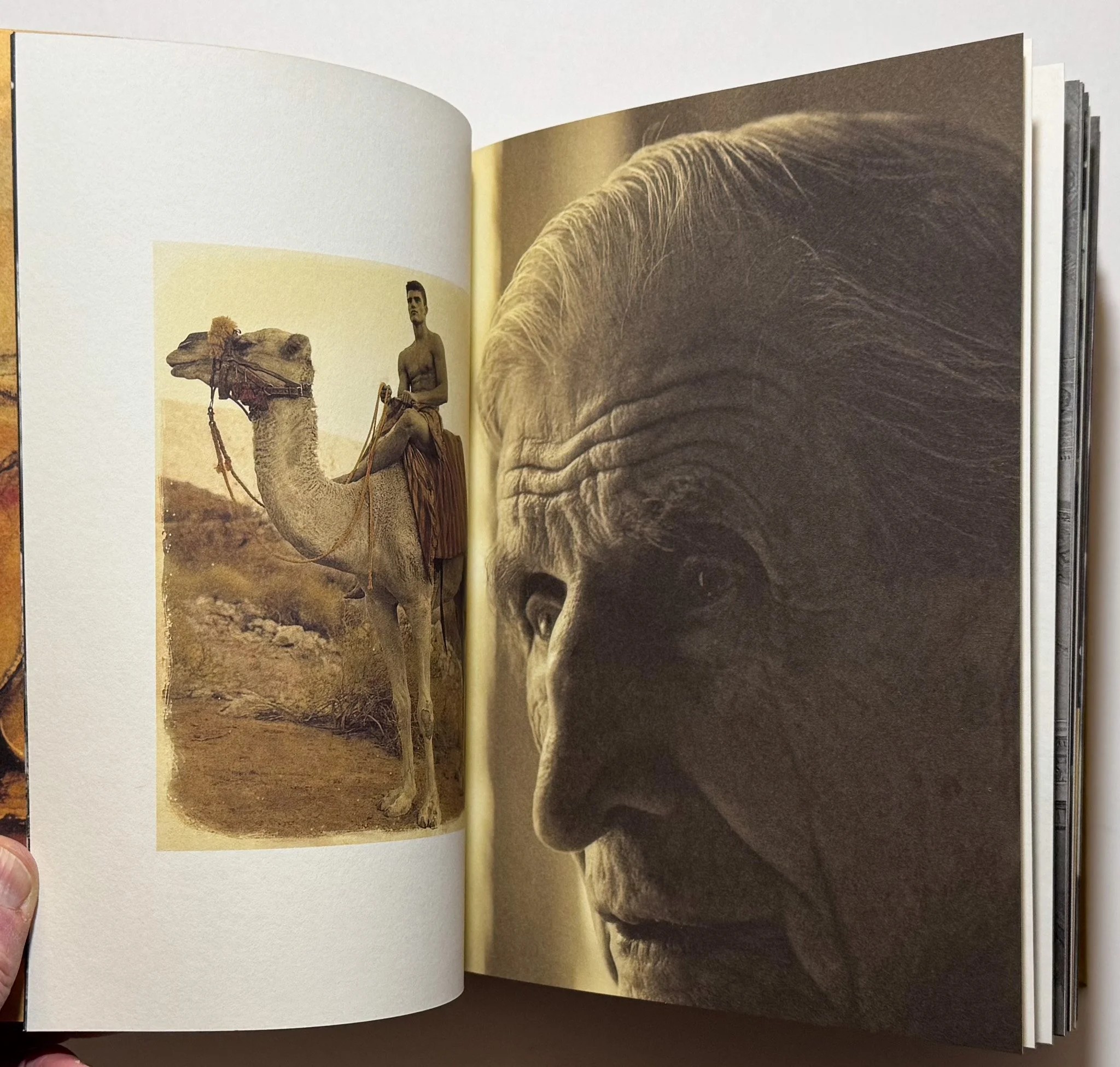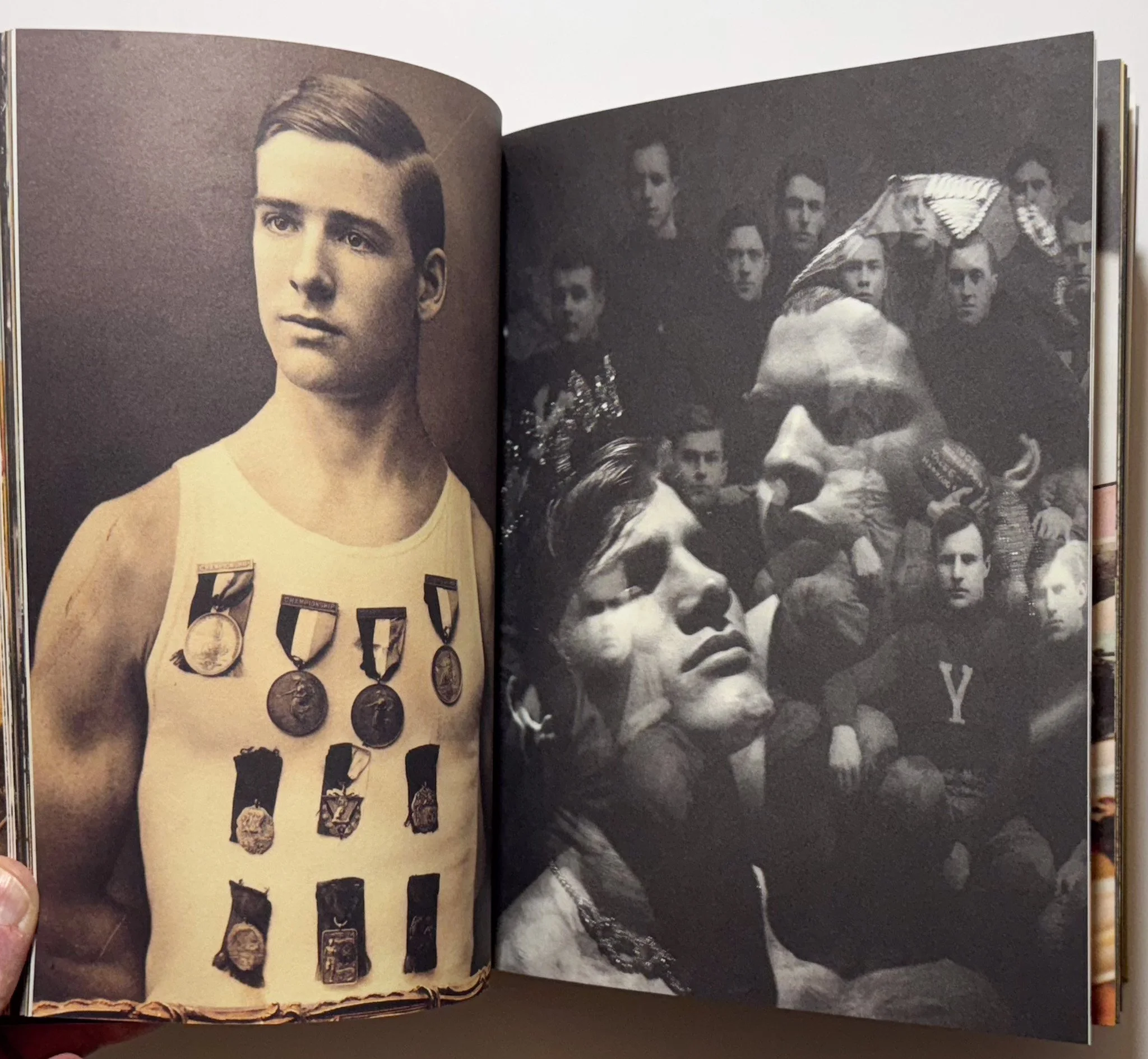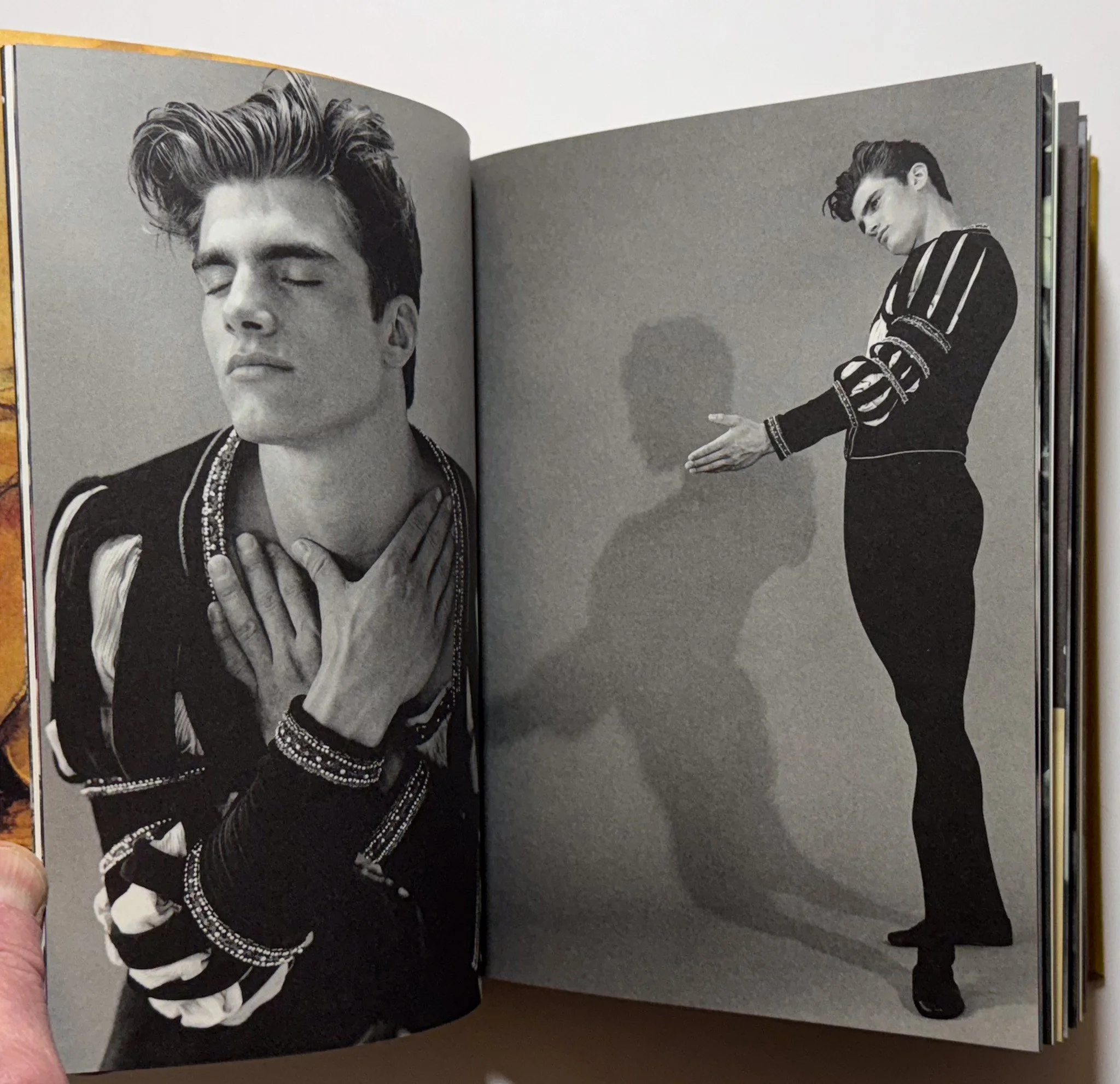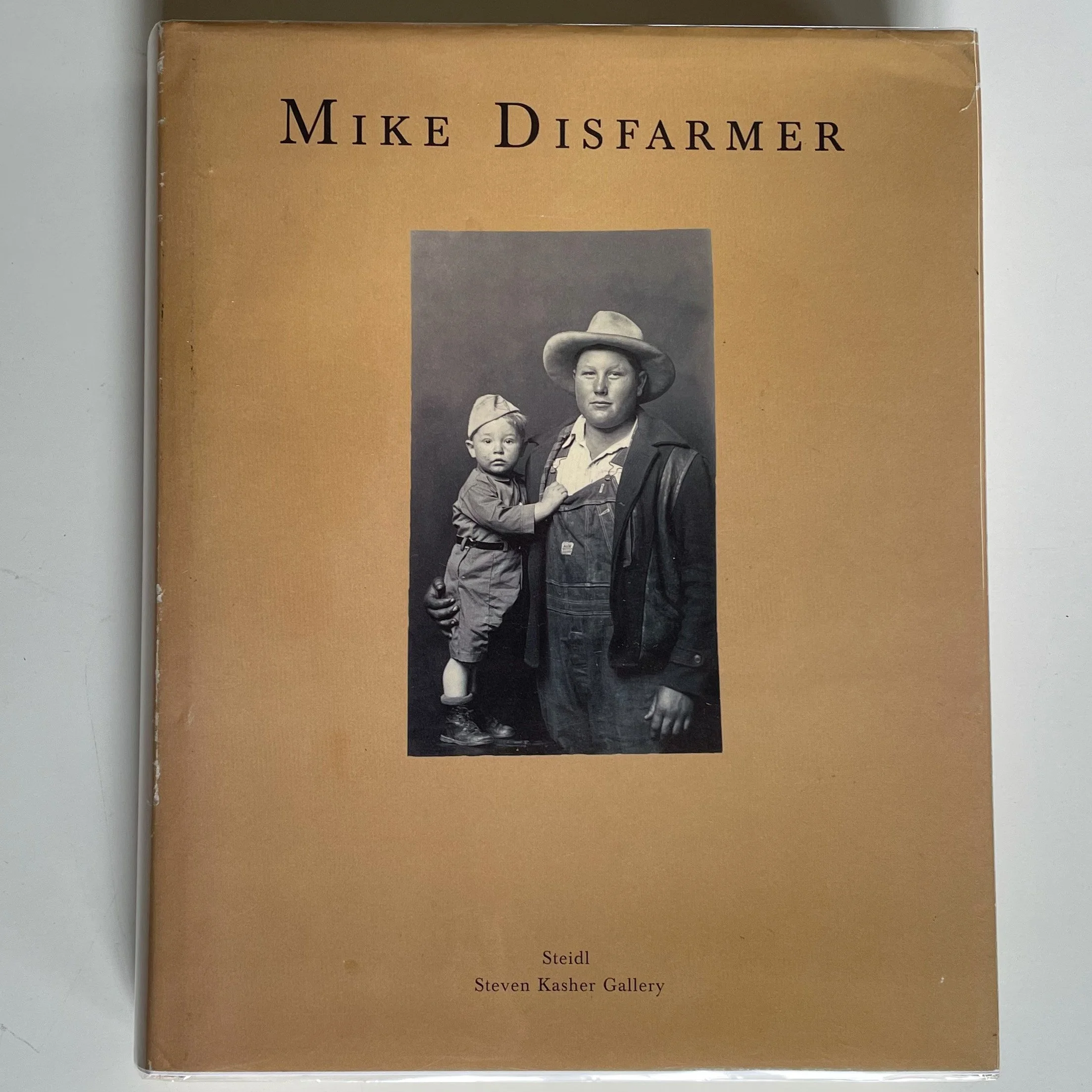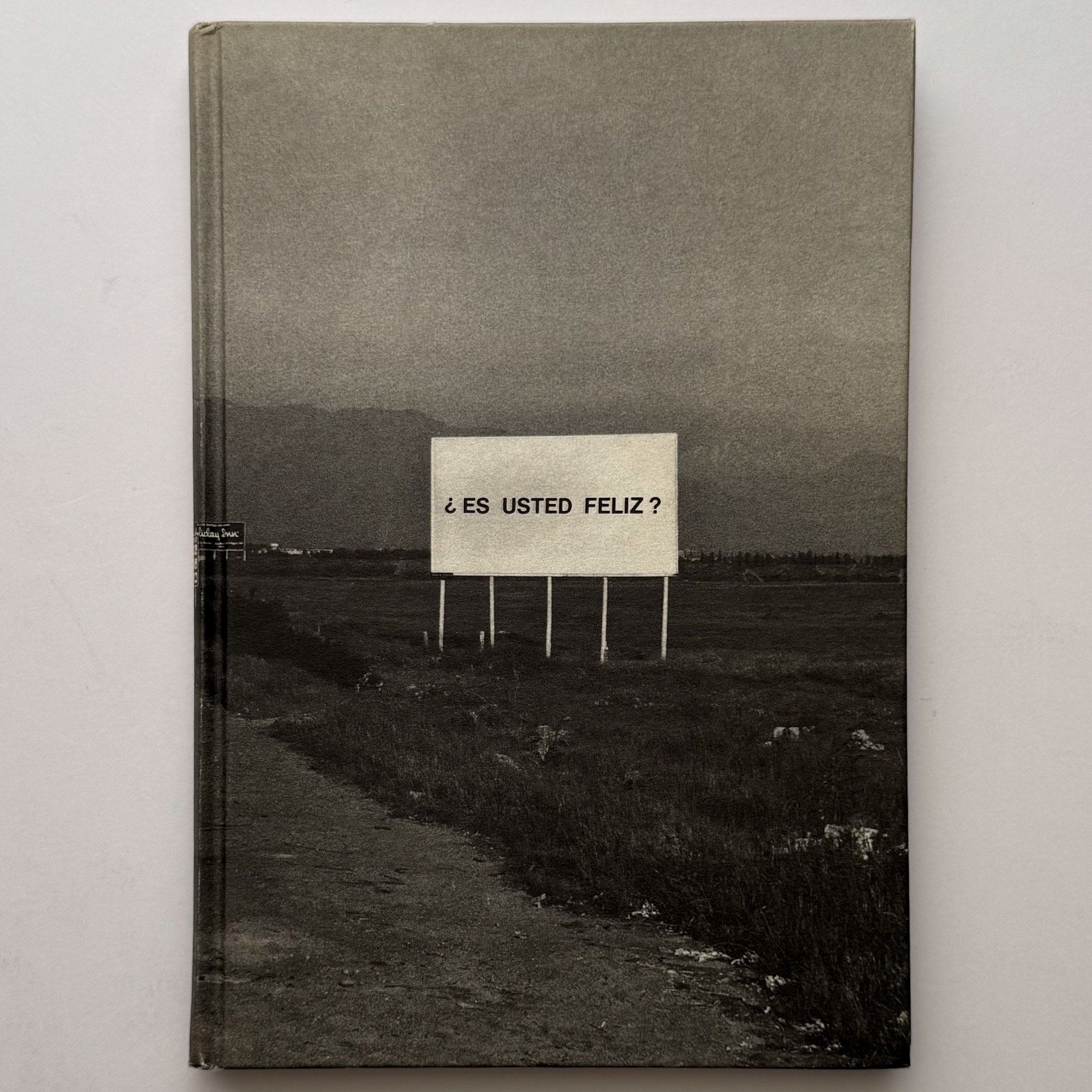 Image 1 of 11
Image 1 of 11

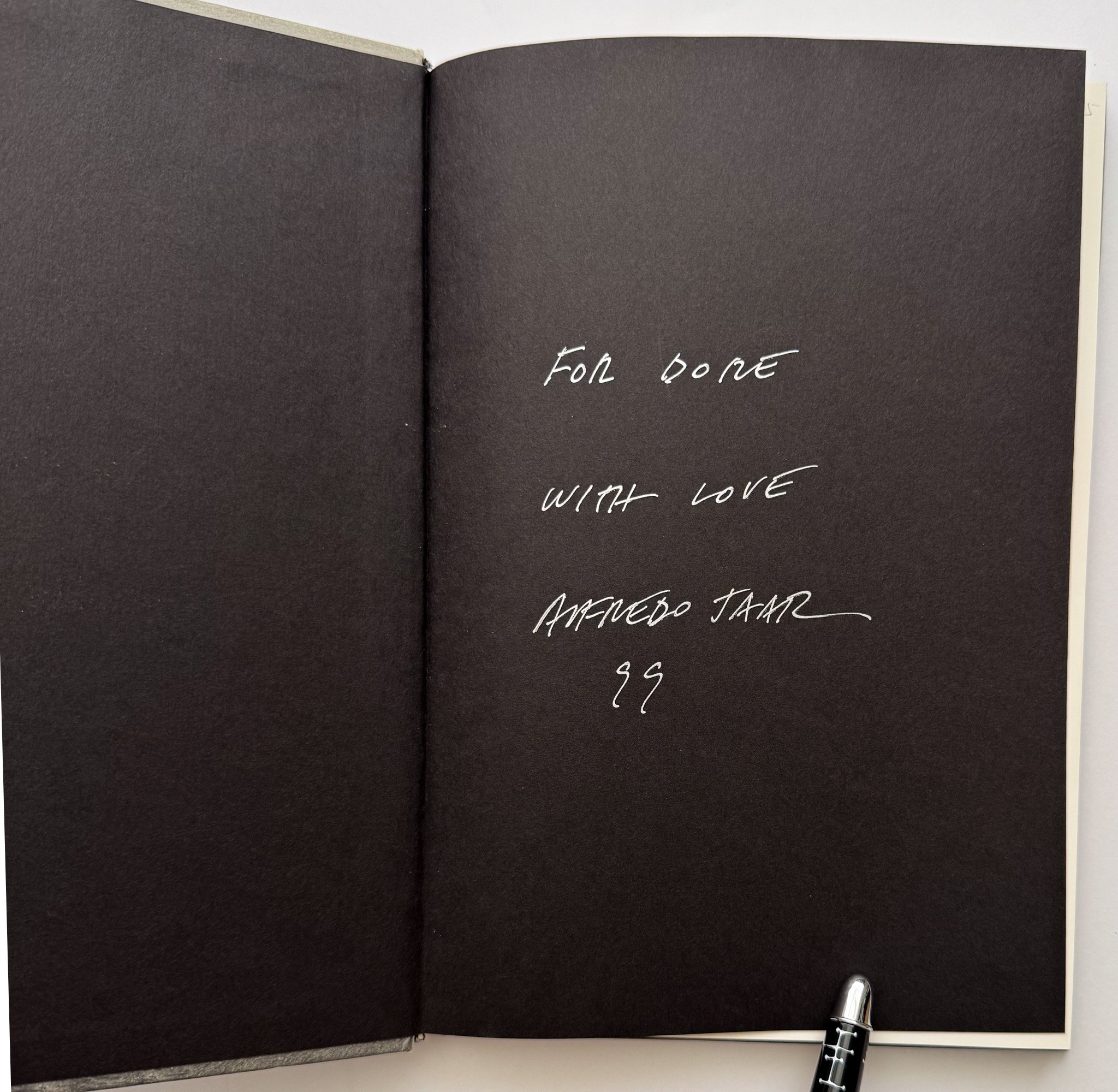 Image 2 of 11
Image 2 of 11

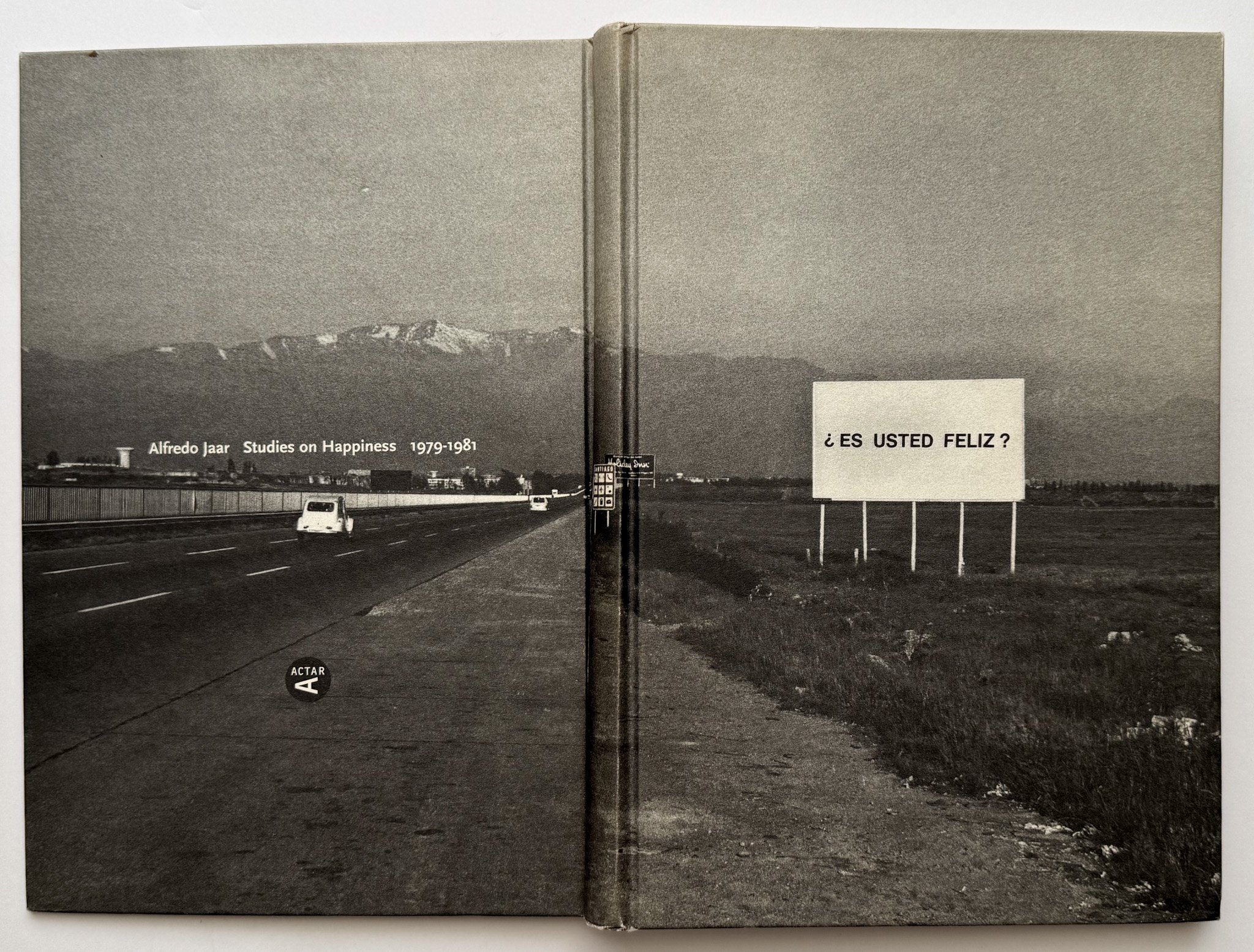 Image 3 of 11
Image 3 of 11

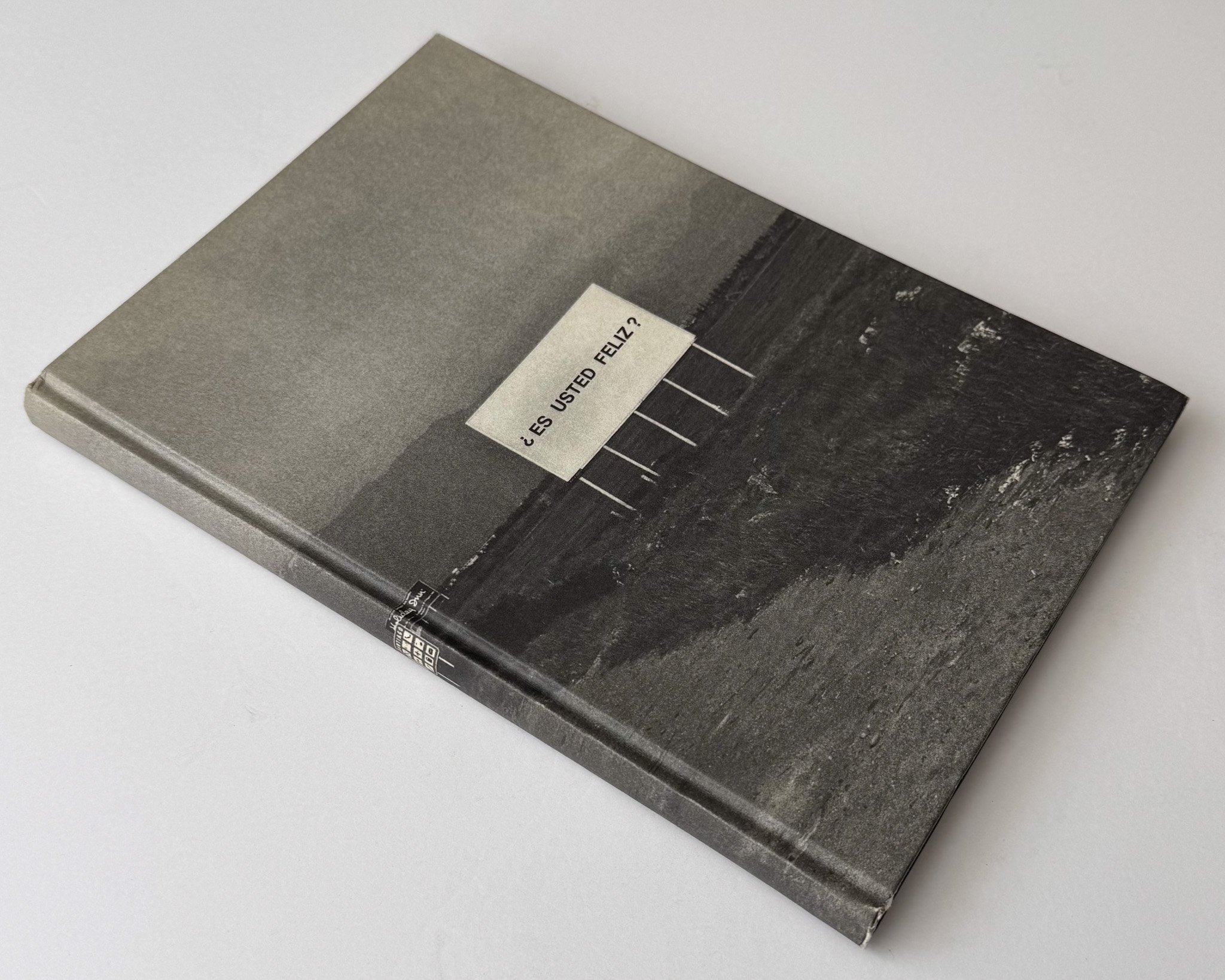 Image 4 of 11
Image 4 of 11

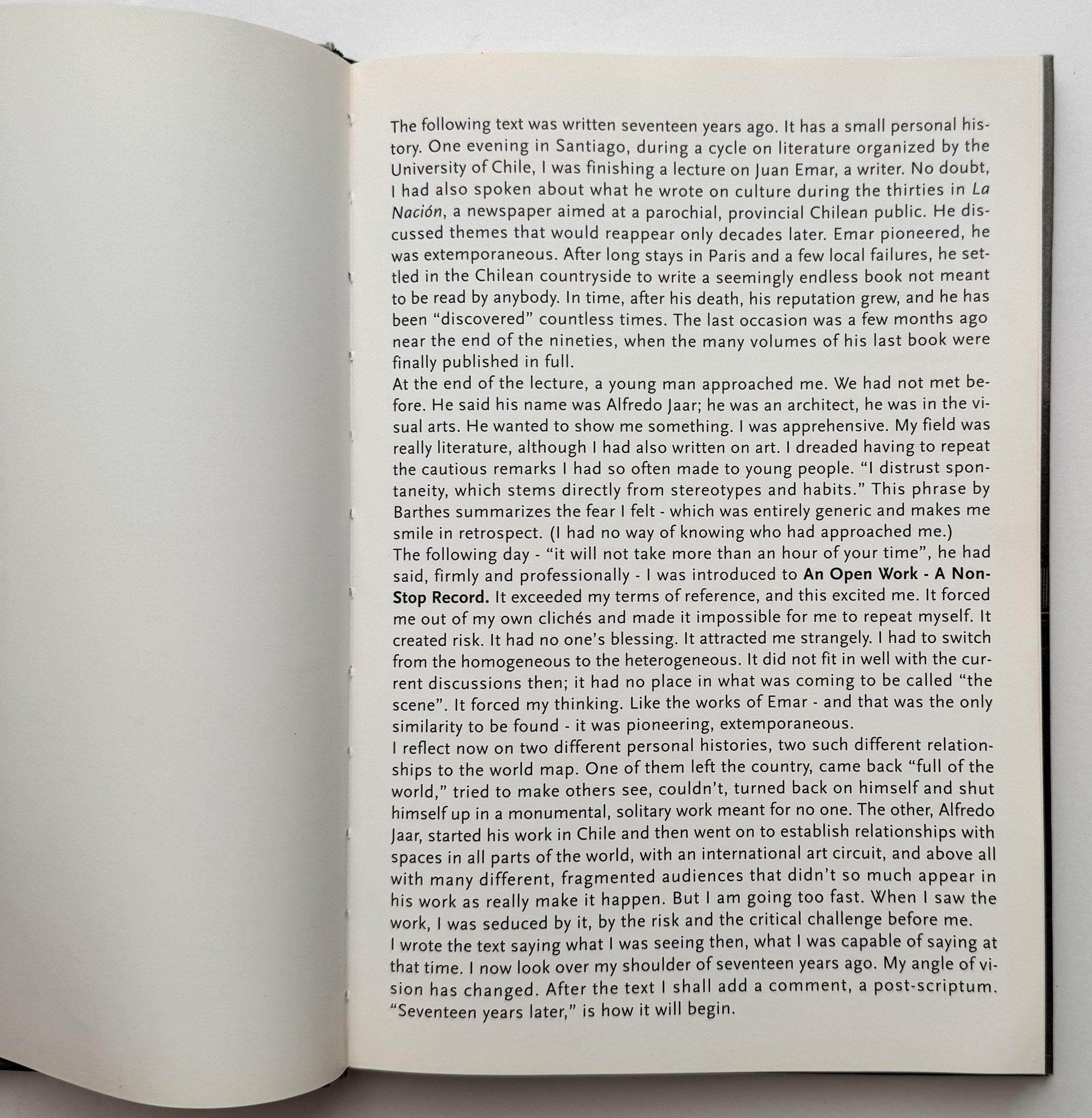 Image 5 of 11
Image 5 of 11

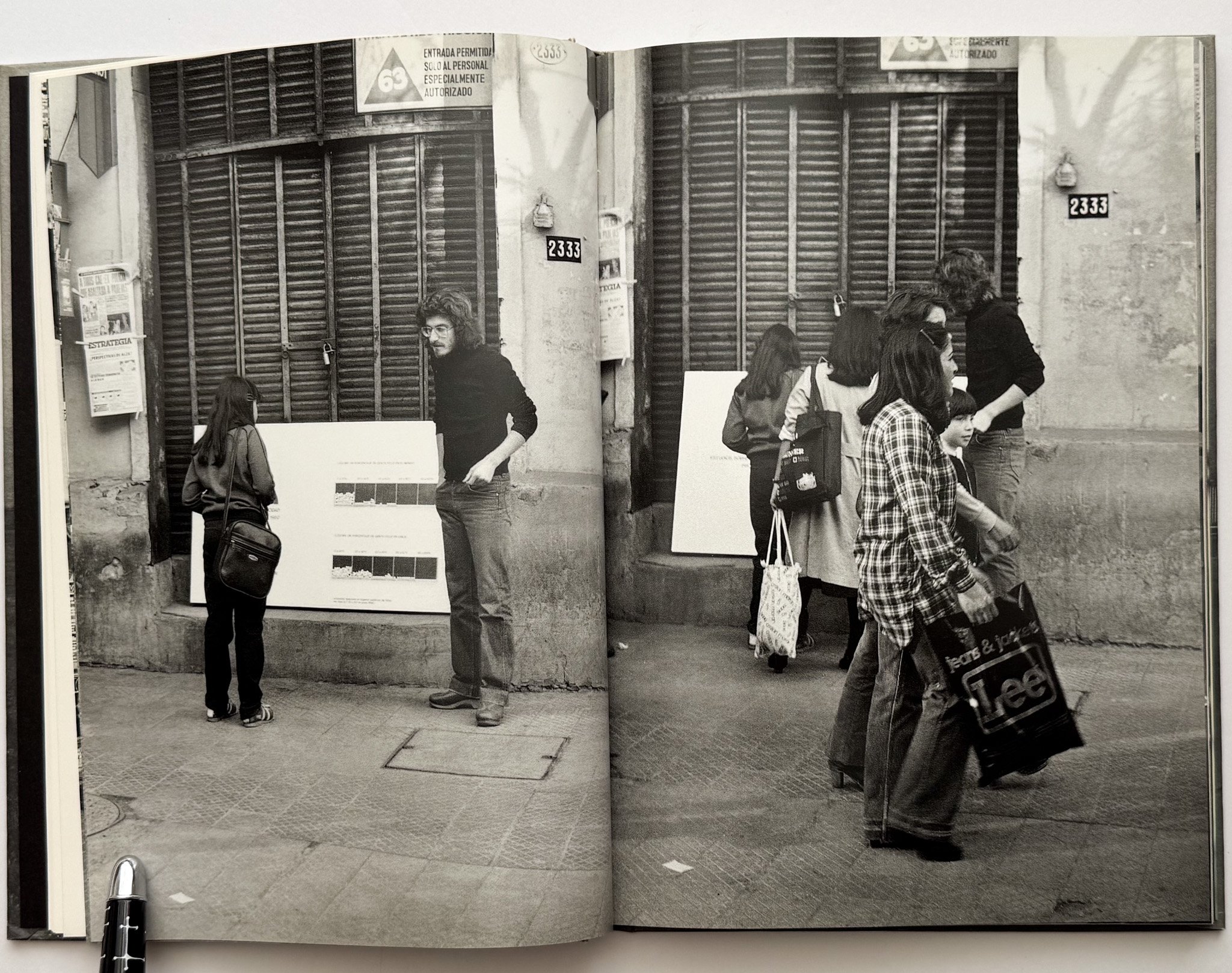 Image 6 of 11
Image 6 of 11

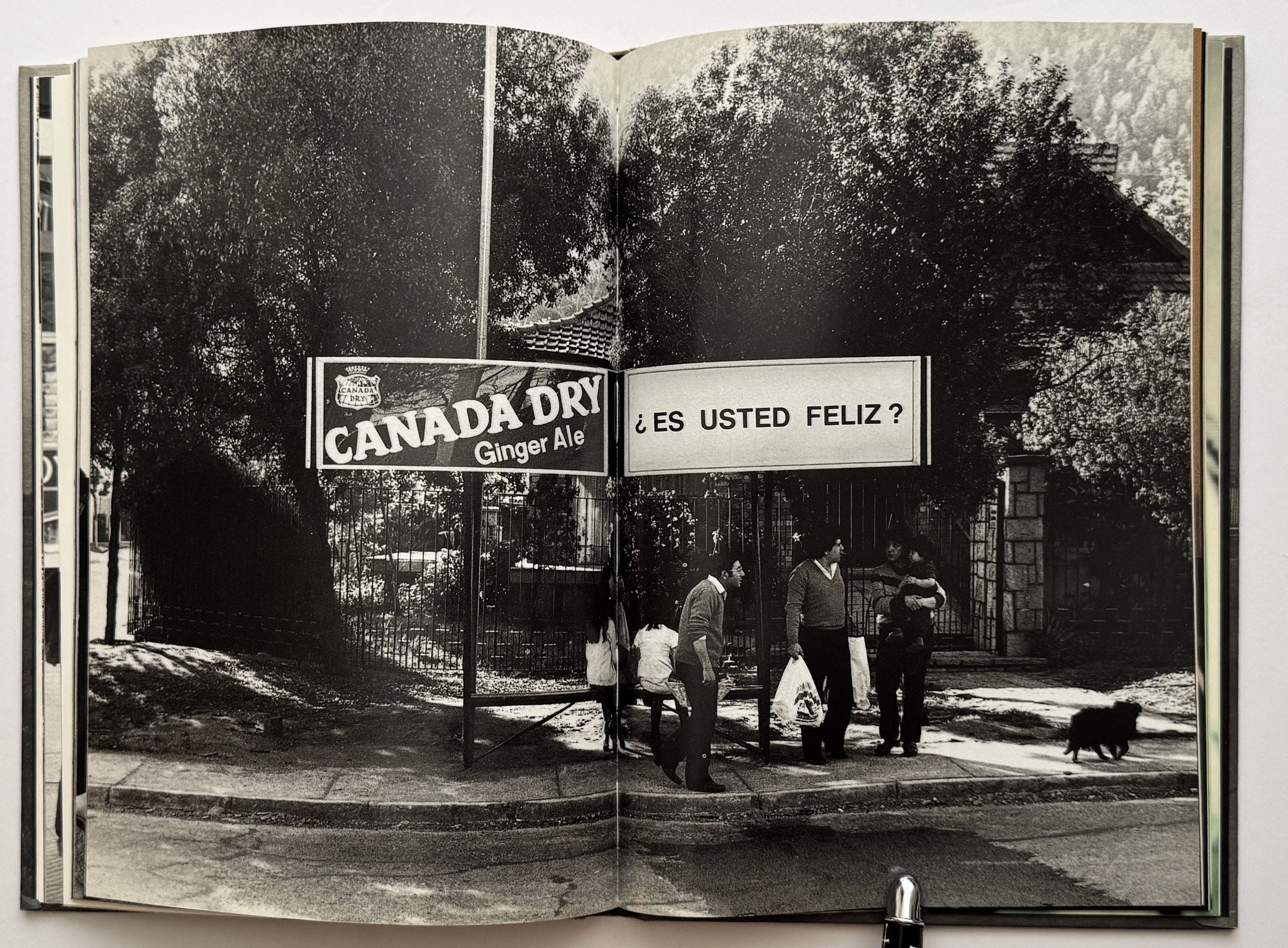 Image 7 of 11
Image 7 of 11

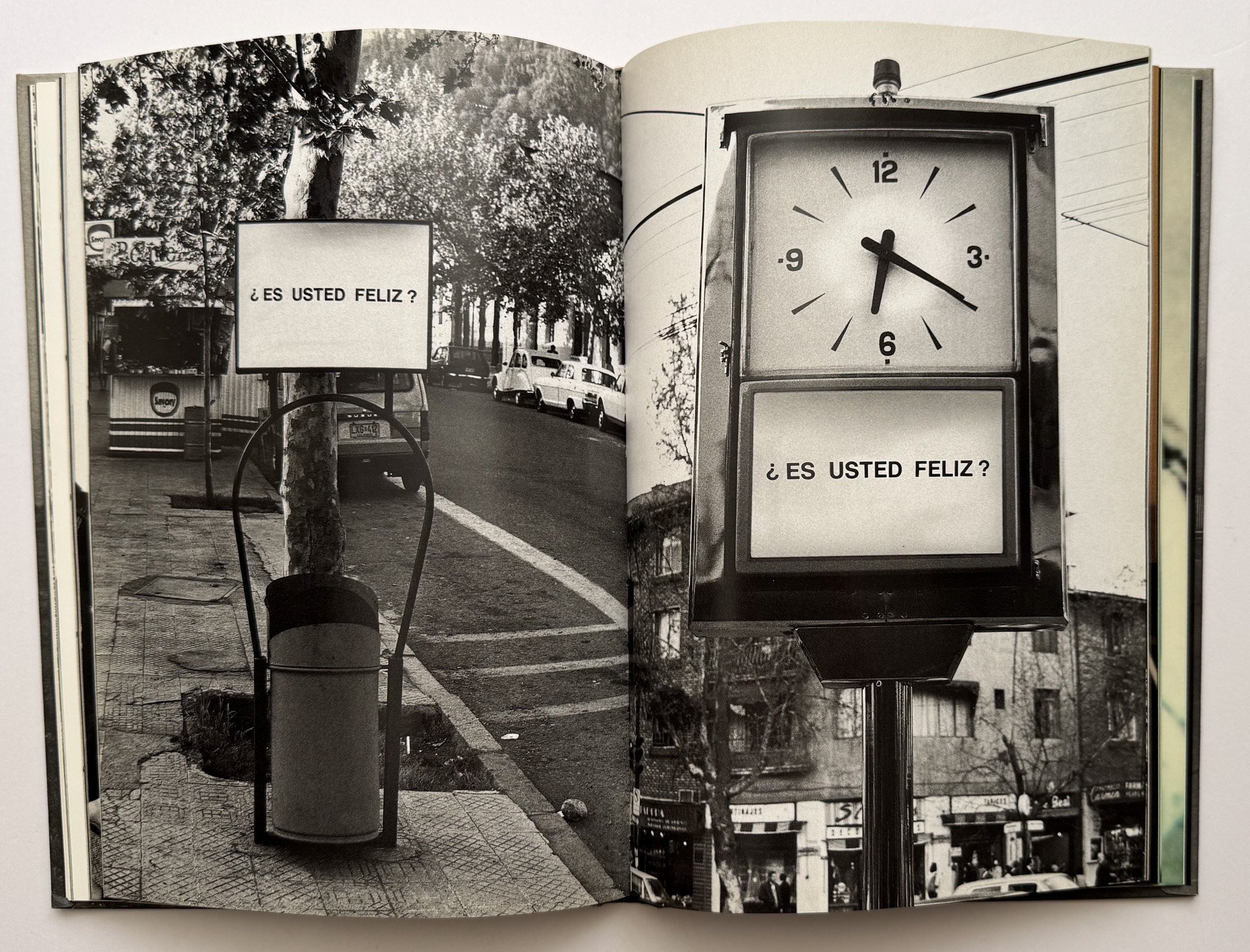 Image 8 of 11
Image 8 of 11

 Image 9 of 11
Image 9 of 11

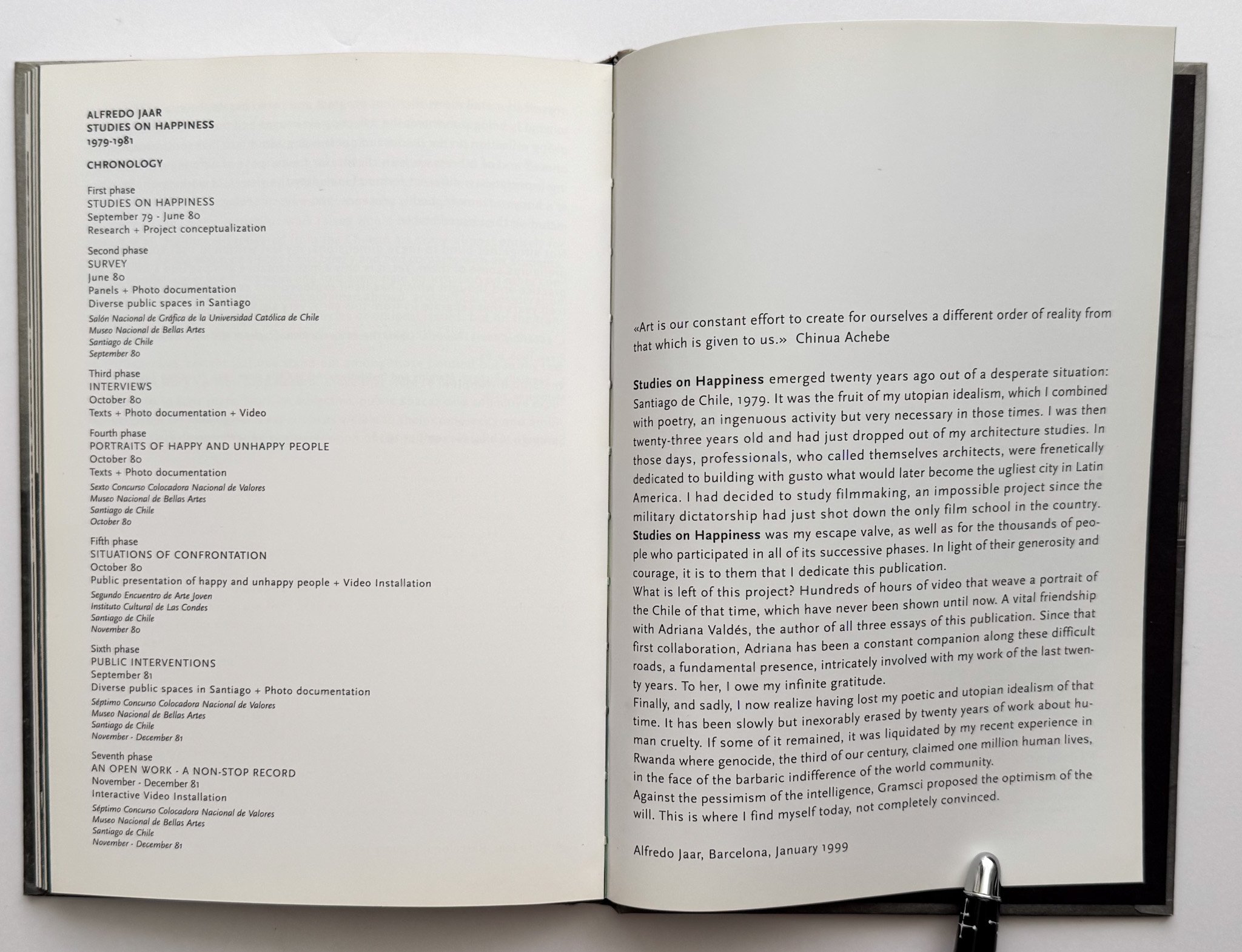 Image 10 of 11
Image 10 of 11

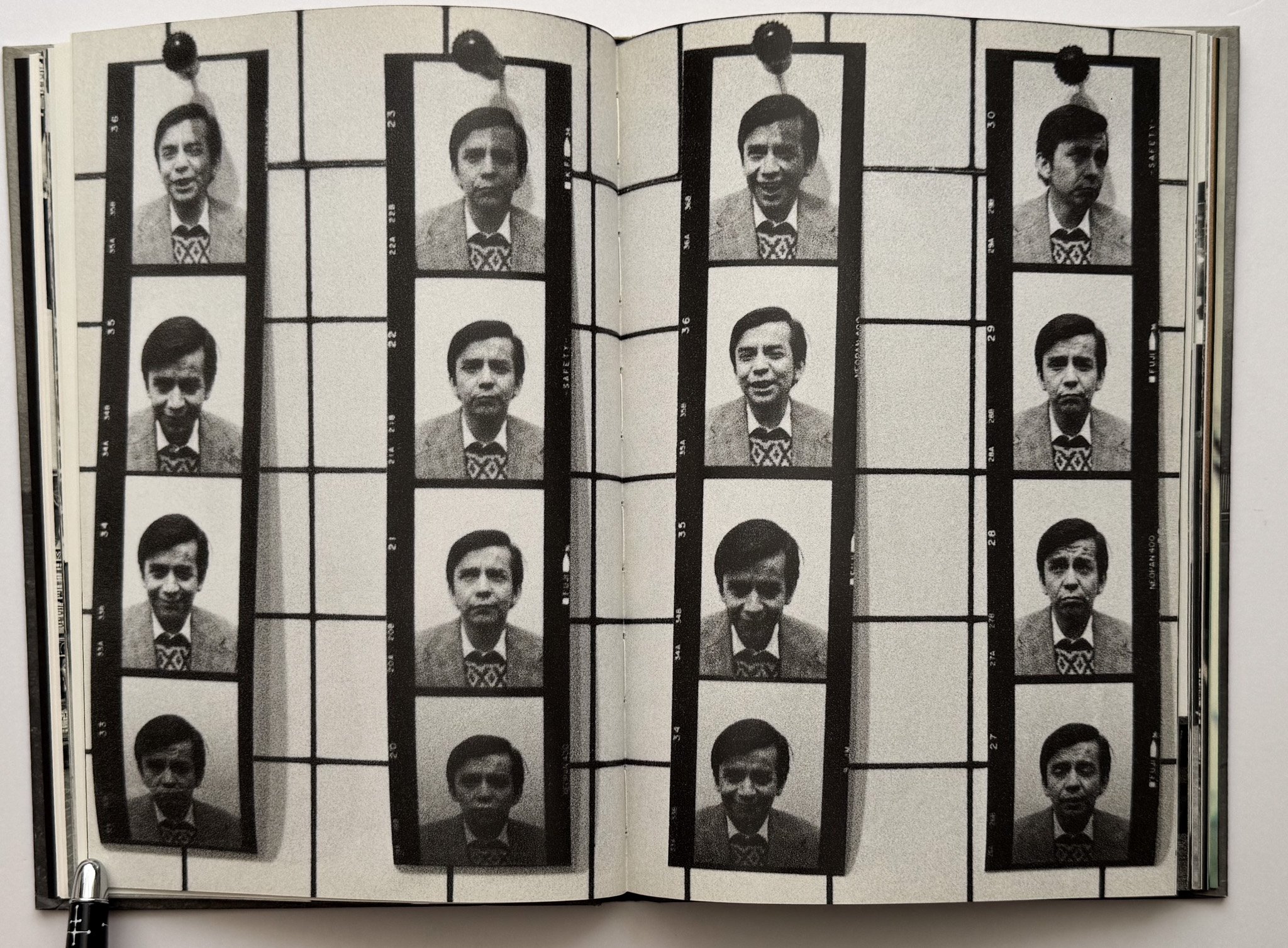 Image 11 of 11
Image 11 of 11












[1st ed] Alfredo Jaar: Studies on Happiness 1979-1981 (inscribed by Jaar to Dore Ashton)
First edition of artist/activist Alfredo Jaar’s provocative “Es Usted Feliz? Estudios sobre la felicidad 1979-1981”, a photo essay documenting his subversive (and risky) project challenging Pinochet’s military dictatorship in Chile.. From a 2013 review by Caille Millner: “Chile was not a happy country in June 1980, when the Chilean artist Alfredo Jaar began taking public surveys for his Studies on Happiness project. Once South America’s most stable democracy, for nearly seven years the country had been in the grips of a military dictatorship led by General Augusto Pinochet. It would be another full decade before Pinochet was peacefully ushered out of power. In June 1980, life in Chile meant evening curfews at 8 p.m. It meant the “disappearances” of those who were suspected of speaking against the government, disappearances for which Pinochet’s government would never produce either bodies or explanations. Political parties were banned. Discussing politics or even social concerns was impossible. Trusting anyone was dangerous. Beneath a façade of order and stability, Chile was a grim country gripped by fear and violence…Studies on Happiness was Alfredo Jaar’s first artistic work. Within it are all of the themes that he would develop in his later pieces — the critique of media images, the insistence on the critical importance of public space, the incisive and understated political messages, the slyness with which he makes spectators into participants and conspirators.Happiness also launched Jaar’s international art career. The piece was shown in the Museo Nacional de Bellas Artes in Argentina and won its creator a major fellowship to work in New York. He left Chile in 1982. It was an auspicious time for an artist like Jaar to make his début. The American art circuit was moving towards a post-modernist critique of images, seen in the work of artists like Richard Prince and Barbara Kruger. The same qualities that made Jaar’s work possible in Chile — improvisation, ambiguity, an emphasis on conceptual significance — were the same ones that were in fashion at that moment in the New York art world. But considering the Chilean context in which it was made — and what came next — Happiness is far more than the piece that launched a brilliant career. In 1979, Jaar understood that ordinary Chileans needed to have the experience of being seen. He understood that they needed to be confronted with the gap between what was and what could be. Finally, he understood that in order to face these emotions, what they needed was lightness, not fear.” 8vo (7” x 9.75”), pictorial paper-covered boards, unpaginated, illustrated throughout with color and b/w photos. Text in English with three short essays by Adriana Valdés and a last word by Jaar. Published in 1999 by Edicion Actar. Warmly inscribed on the FFE in silver marker by Jaar to renowned art critic Dore Ashton and dated to the year of publication. A nice association copy, given Ashton’s early and influential support for a cadre of Latin American artists. Slight lean to spine. Minor bumping and rubbing to extremities. Interior clean and bright.
First edition of artist/activist Alfredo Jaar’s provocative “Es Usted Feliz? Estudios sobre la felicidad 1979-1981”, a photo essay documenting his subversive (and risky) project challenging Pinochet’s military dictatorship in Chile.. From a 2013 review by Caille Millner: “Chile was not a happy country in June 1980, when the Chilean artist Alfredo Jaar began taking public surveys for his Studies on Happiness project. Once South America’s most stable democracy, for nearly seven years the country had been in the grips of a military dictatorship led by General Augusto Pinochet. It would be another full decade before Pinochet was peacefully ushered out of power. In June 1980, life in Chile meant evening curfews at 8 p.m. It meant the “disappearances” of those who were suspected of speaking against the government, disappearances for which Pinochet’s government would never produce either bodies or explanations. Political parties were banned. Discussing politics or even social concerns was impossible. Trusting anyone was dangerous. Beneath a façade of order and stability, Chile was a grim country gripped by fear and violence…Studies on Happiness was Alfredo Jaar’s first artistic work. Within it are all of the themes that he would develop in his later pieces — the critique of media images, the insistence on the critical importance of public space, the incisive and understated political messages, the slyness with which he makes spectators into participants and conspirators.Happiness also launched Jaar’s international art career. The piece was shown in the Museo Nacional de Bellas Artes in Argentina and won its creator a major fellowship to work in New York. He left Chile in 1982. It was an auspicious time for an artist like Jaar to make his début. The American art circuit was moving towards a post-modernist critique of images, seen in the work of artists like Richard Prince and Barbara Kruger. The same qualities that made Jaar’s work possible in Chile — improvisation, ambiguity, an emphasis on conceptual significance — were the same ones that were in fashion at that moment in the New York art world. But considering the Chilean context in which it was made — and what came next — Happiness is far more than the piece that launched a brilliant career. In 1979, Jaar understood that ordinary Chileans needed to have the experience of being seen. He understood that they needed to be confronted with the gap between what was and what could be. Finally, he understood that in order to face these emotions, what they needed was lightness, not fear.” 8vo (7” x 9.75”), pictorial paper-covered boards, unpaginated, illustrated throughout with color and b/w photos. Text in English with three short essays by Adriana Valdés and a last word by Jaar. Published in 1999 by Edicion Actar. Warmly inscribed on the FFE in silver marker by Jaar to renowned art critic Dore Ashton and dated to the year of publication. A nice association copy, given Ashton’s early and influential support for a cadre of Latin American artists. Slight lean to spine. Minor bumping and rubbing to extremities. Interior clean and bright.











